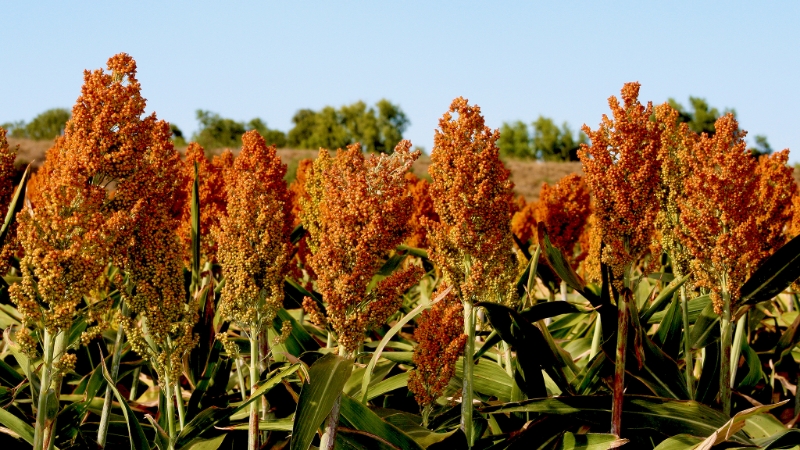Story for Sorghum
Date: 23 Jan 2024
|

Where sorghum comes from?
The first mention of sorghum dates back to Ancient India, where this plant was known as jowari. For centuries, sorghum has played an important role in the nutrition of populations in Asia and Africa due to its ability to grow in dry lands and withstand water stress.
Some sources point to the first domesticated sorghum from its wild ancestor more than 5,000 years ago in what is currently Sudan. The latest evidence comes from an archaeological site in eastern Sudan, dating from 3500 to 3000 BC, and is associated with the neolithic Butana Group culture. It was the staple food of the kingdom of Alodia as stated in Wikipedia (input link here to sorghum: Sorghum - Wikipedia
Despite the fact that the history of sorghum cultivation goes back to ancient times, it has been in recent decades that this plant has begun to attract more attention from agricultural specialists and farmers around the world.
Today, the United States followed by India and some countries in Northern Africa are the largest producers of sorghum in the world. Due to global warming and climate change more countries are interested in cultivating sorghum.
This crop is highly resistant to heat, drought and low nutrient content in soils. It adapts well to various types of soil, from sandy to clay, making it a valuable plant for farmers in regions with difficult agro-climatic conditions.
However, despite the long history of cultivation of this crop, its full potential has only been realized in recent decades. Modern breeding methods have made it possible to create new hybrids that have high yields and are adapted to different climatic conditions allowing more geographies to grow sorghum and enjoy the benefits of this crop.



 Ukraine
Ukraine Romania
Romania Brazil
Brazil Thailand
Thailand USA
USA Argentina
Argentina Indonesia
Indonesia Kenya
Kenya Moldova
Moldova Hungary
Hungary